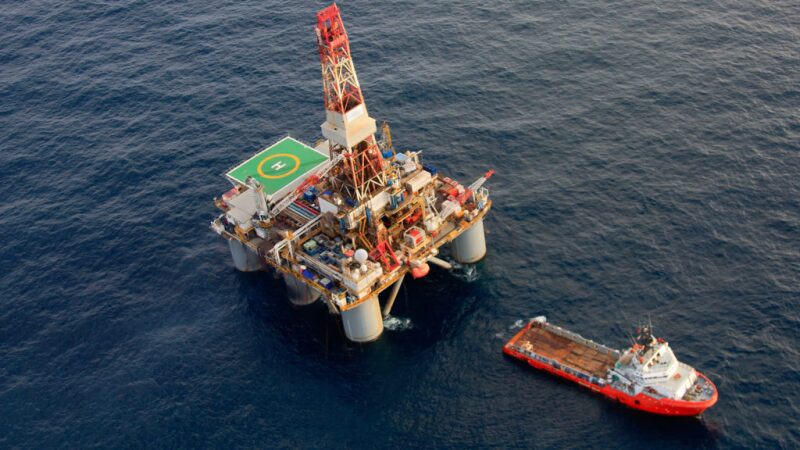The conventional wisdom for decommissioning unused offshore structures is that reuse, recycling, or disposal of a facility on land is the generally preferred option. However, in a webinar presentation held by DecomWorld, a pair of decommissioning experts argued that this base assumption was worthy of further examination and a possible challenge.
Gioia Falcone, a professor and head of the Oil and Gas Engineering Centre at Cranfield University, and Steve Gilbert, a director of asset management and decommissioning at Lloyd’s Register, discussed the challenges associated with decommissioning in the UK North Sea. Falcone and Gilbert argued the merits of and problems with abandoning an offshore installation vs. the practice of reusing or disposing an installation onshore.
Gilbert said that the planned decommissioning of a field should be viewed in its entirety rather than as a series of components. Typically these components include wells, subsea architecture, pipelines, structures, topsides, and waste piles such as drill cuttings. Each component, he said, presents its own challenges, and each is subject to varying criteria for removal or monitoring.
In the UK, guidance notes include a matrix showing how options may be assessed with respect to five main criteria: safety, technical, societal, economic, and environmental. Within the economic spectrum, Gilbert said operators must examine whether their projects will incur excessive costs for little or potentially no long-term benefit, and governments must examine whether a project will provide a non-beneficial burden on the tax payer. The societal spectrum includes further examination of possible alternative use of structures like rig-to-reef. On a technical level, total removal of an installation may not be feasible. On the environmental spectrum, operators run the risk of damaging new marine ecosystems.
In examining these criteria, Gilbert said that leaving an installation in situ offshore may be a viable option for an operator, but even if it does so some perpetual liabilities will be assumed.
“This is not an attempt to justify simply walking away from anyone’s responsibilities,” he said. “It’s not a literal abandonment of the facility. The question is, however, if we want to come to an enlightened conclusion on choosing the right solution, there is a preexisting bias helpful to that process.”
The 1998 OSPAR Decision 98/3 established the principle that “reuse, recycling, or final disposal on land will generally be the preferred option” for decommissioning offshore installations. However, Falcone said the regulation does not consider other sources of potential pollution—the installation may not actually represent the hazard—nor does it take into account the alternative social or economic benefit of abandonment. Some installations that have been in situ for significant periods of time may have developed their own ecosystems.
Falcone also said that future technological advances are not criteria for the OSPAR regulation. Hazards that are currently difficult to handle may be the beneficiaries of new technologies in the future, and there may be an increased risk involved in rushing a suboptimal onshore decommissioning project.
Based on three other regulations—the UK Department of Energy and Climate Change’s (DECC) Streamlined Decom Program Template, DECC’s 2011 guidance note on offshore renewable energy installations, and the Oil and Gas UK’s 2017 Decom Insight Report—Falcone argued that monitoring should be the final stage of a decommissioning project. Operators should begin with a baseline and define a structured set of time variations that would allow the detection of baseline changes. Afterward, they should define acceptable baseline changes vs. changes that could be associated with subtle effects and permanent impact on the environment. Then they should select proper environmental monitoring technology, a process Falcon said was not straightforward.
“You don’t just buy a set of monitoring equipment off the shelves,” she said. “You have to choose what is appropriate. Should you go for something that allows you to do permanent monitoring, or it ok to just do it as a one-off? Are you going for autonomous equipment? What about the connection to any late-life asset monitoring that you were probably doing already?”
Currently, though, there are no protocols for environmental monitoring of decommissioned installations in the UK. Falcone said that among the biggest challenges for operators is knowing the true perpetual liabilities before commencing with a decommissioning project, and figuring out how other users of the sea and the public can know in advance in cases where they may be later asked to pay taxes to help support the post-decommissioning costs.

